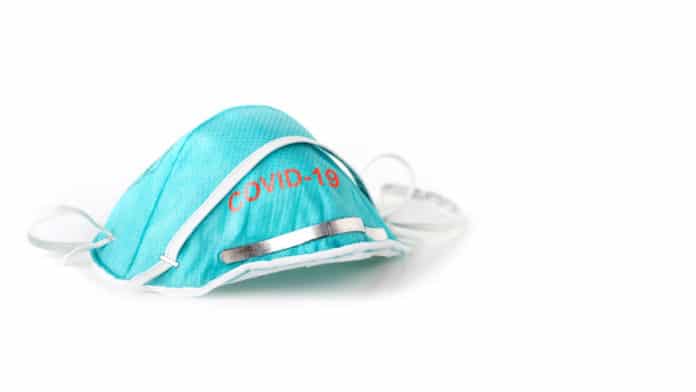The global spread of severe acute respiratory coronavirus 2 (SARS‐CoV‐2), causing the novel coronavirus disease (COVID‐19) pandemic, has been linked to climatic factors. This has a plausible biological basis.
Temperature and relative humidity can affect coronavirus transmission, suggests a new study.
The research led by Professor Michael Ward, an epidemiologist in the Sydney School of Veterinary Science at the University of Sydney, and two researchers from our partner institution Fudan University School of Public Health in Shanghai, China, is the second peer-reviewed study of a relationship between weather conditions and COVID-19 in Australia.
Professor Ward said, “This is the second study that adds to a growing body of evidence that humidity is a key factor in the spread of COVID-19.”
Lower humidity can be characterized as “dryer air.” The investigation evaluated that for a 1 percent decrease in relative humidity, COVID-19 cases may increase by 7-8 percent. The gauge is a 2-fold increase in COVID-19 notifications for a 10 percent drop in relative humidity.
Professor Ward said, “Dry air appears to favor the spread of COVID-19, meaning time and place become important. Accumulating evidence shows that climate is a factor in COVID-19 spread, raising the prospect of seasonal disease outbreaks.”
“There are biological reasons why humidity matters in the transmission of airborne viruses.”
“When the humidity is lower, the air is drier, making the aerosols smaller, the aerosols are smaller than droplets. When you sneeze and cough, those smaller infectious aerosols can stay suspended in the air for longer. That increases the exposure for other people. When the air is humid, and the aerosols are larger and heavier, they fall and hit surfaces quicker.”
“This suggests the need for people to wear a mask, both to prevent infectious aerosols escaping into the air in the case of an infectious individual and exposure to infectious aerosols in the case of an uninfected individual.”
Scientists noted, “Further studies on the humidity for the remainder of the year are needed to determine how the humidity relationship works and the extent to which it drives COVID-19 case notification rates.”
Journal Reference:
- Michael P. Ward et al. Humidity is a consistent climatic factor contributing to SARS‐CoV‐2 transmission. DOI: 10.1111/tbed.13766
